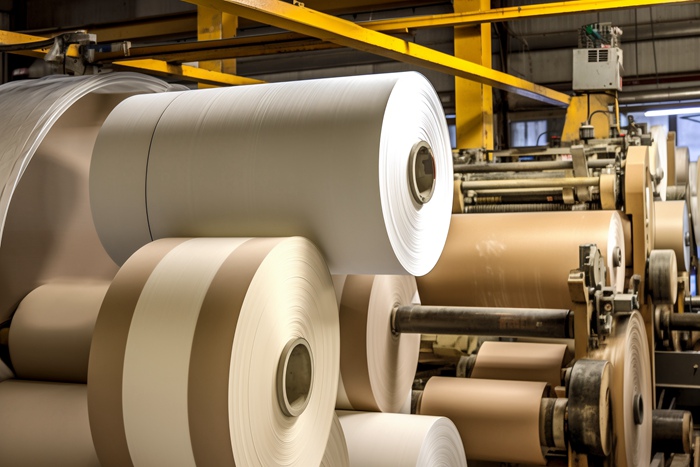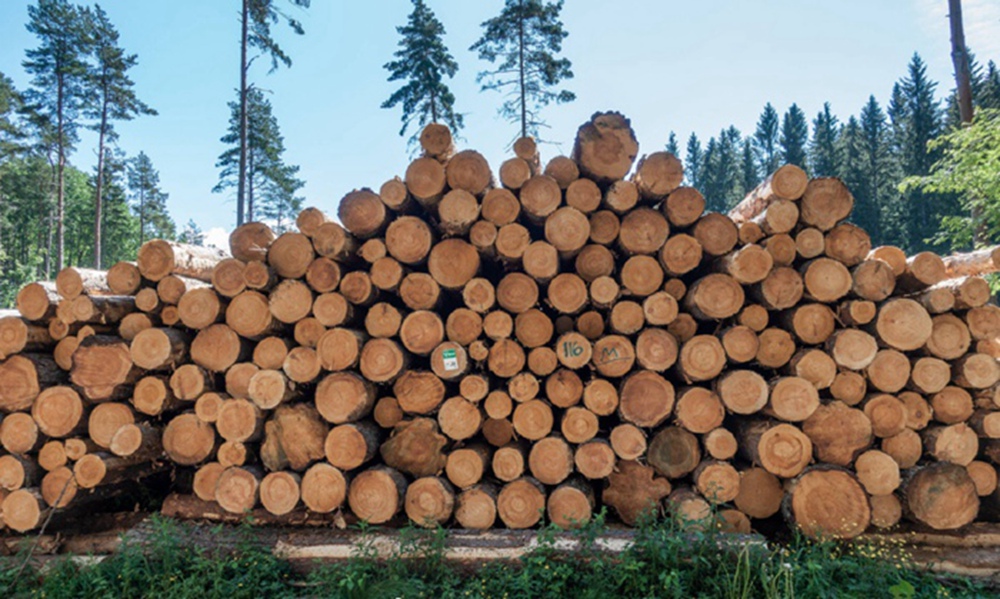Sizing agent is a papermaking additive, which is mainly divided into internal sizing and surface sizing. [1] Sizing on paper can improve the paper’s water resistance, oil resistance, printing ink resistance and other properties, and at the same time improve its smoothness, hydrophobicity and printing adaptability.
There are two methods of sizing. One is to add the sizing agent into the pulp before the paper sheet is formed (during pulping or mixing), which is called internal sizing. The other is to apply the sizing agent to the surface of paper or paperboard after the paper sheet is formed, which is called surface sizing. The main internal sizing agents are rosin sizing agents, synthetic sizing agents, paraffin sizing agents and neutral sizing agents. Surface sizing agents and neutral sizing agents. The common model QT-7N surface sizing is mainly used to improve the surface smoothness of the paper sheet, reduce the porosity, and prevent the surface from fuzzing and shedding. Modified and unmodified starches are commonly used, and PVA is also used. Others include paraffin emulsion, animal glue, carboxymethyl cellulose, polyurethane, styrene-maleic anhydride copolymer, acrylic acid and acrylic acid ester copolymer, dihydroxy fatty acid compounds, etc.
Surface sizing is a process in the processing of paper or paperboard. It is usually located at the end of the drying section of the paper machine. When the paper sheet is not completely dry but has a certain strength, a layer of glue is sprayed on it. After subsequent drying, a layer of glue film is formed on the surface of the paper and paperboard, thereby achieving the purpose of changing the surface properties of the paper or paperboard.
From the perspective of the development of the papermaking industry, papermaking surface sizing is one of the indispensable processes. Through surface sizing, surface additives that improve the performance of paper sheets or increase the water resistance of paper or paperboard can be added.
Originally, due to the limitations of technical level and paper type requirements, surface sizing agents could only be used on special paper types, such as banknote paper, security paper, nautical paper, etc. With the improvement of the technical level of the papermaking industry, surface sizing of paper has become a common paper processing process. In particular, the popularity of printing, copying and faxing in recent years has put forward higher requirements for the surface performance, strength and water resistance of cultural paper, packaging paper and corrugated paper. Therefore, the papermaking industry is constantly exploring new surface sizing technologies.
(1) Improve the printing performance of paper and paperboard;
(2) By selecting different types of surface sizing agents, the surface strength or water resistance of paper can be improved;
(3) Improve the physical strength of paper and paperboard;
(4) Surface sizing can reduce the difference between the two sides of paper;
(5) It is not affected by the water quality and water temperature of papermaking, and the sizing effect is relatively stable;
(6) The sizing agent has a good retention effect and the sizing cost is low;
(7) When used together with internal sizing, it can make up for some defects of internal sizing. According to the function of surface sizing agents, we divide them into water-resistant and reinforcing types. Surface sizing agents that can improve water resistance include alkyl ketene dimer (AKD), styrene maleic anhydride copolymer, etc.; reinforcing agents that can be used include starch, carboxymethyl cellulose (CMC), polyvinyl (PVA) alcohol, etc.


